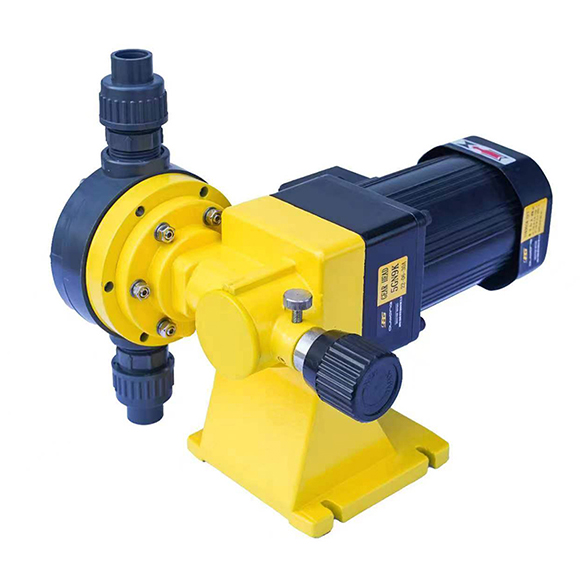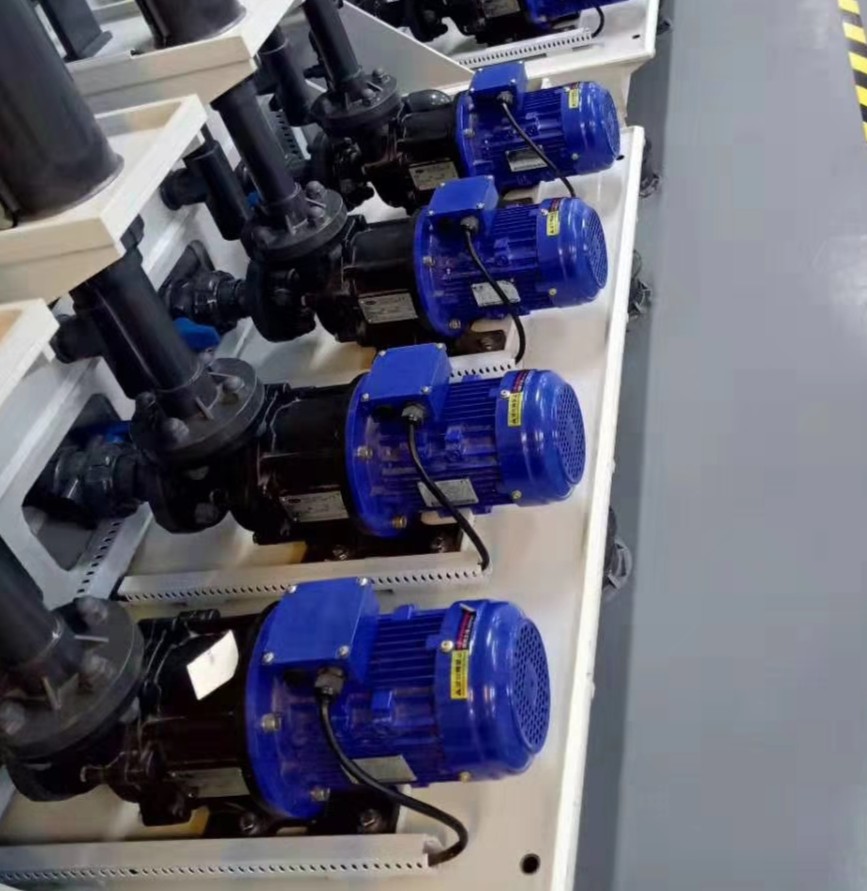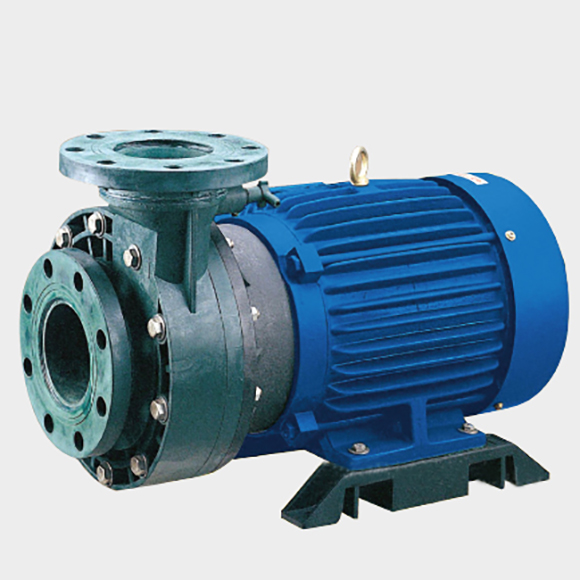In modern industrial production, handling corrosive liquids such as acids and alkalis is a common and critical challenge. The horizontal acid-alkali resistant self-priming pump has become the preferred equipment in numerous industries including chemical, electroplating, pharmaceutical, and environmental protection, thanks to its excellent corrosion resistance, efficient self-priming capability, and stable operational characteristics. This article provides an in-depth analysis of this important equipment’s working principles, core advantages, and selection considerations.

1. What is a Horizontal Acid-Alkali Resistant Self-Priming Pump?
The horizontal acid-alkali resistant self-priming pump is a type of pump equipment designed for transferring corrosive liquids. It features a horizontal structure, with major flow-through components (such as the pump body and impeller) manufactured from special corrosion-resistant materials like fluoroplastic alloy (e.g., FZB pump), reinforced polypropylene (FRPP), polyvinylidene fluoride (PVDF), or stainless steel. Its unique feature is the “self-priming” capability, meaning the pump doesn’t require pre-filling the suction line with liquid or vacuuming before startup, as it can automatically draw liquid up, significantly simplifying the operation process.
2. Working Principle: The Source of Self-Priming Capability
The core of this pump lies in its axial liquid-return pump body structure. The pump body is equipped with a suction chamber, liquid storage chamber, volute, liquid return holes, and gas-liquid separation chamber.
After startup, the impeller draws both the pre-stored liquid in the suction chamber and the air from the suction line, thoroughly mixing them within the impeller. Under centrifugal force, the gas-liquid mixture is thrown toward the outer edge of the impeller, forming a high-speed rotating liquid ring. When the mixture enters the gas-liquid separation chamber, the flow velocity decreases, and the lighter gas is separated and discharged from the pump outlet. The degassed liquid then returns to the impeller through the liquid return holes, mixing again with the newly inhaled gas. This cycle repeats until the air in the suction line is completely expelled, and the pump transitions to normal liquid transfer operation.
3. Core Advantages and Technical Features
Excellent Corrosion Resistance: The specialized materials used for flow-through components can resist erosion from various corrosive media including acids, alkalis, and salts, ensuring long service life. For example, fluoroplastic alloy pumps can handle corrosive media of any concentration within a temperature range of -85°C to 200°C.
Powerful Self-Priming Capability: The self-priming height typically reaches 5 to 6 meters, with some models achieving up to 9 meters. An internal check valve is usually included to effectively prevent liquid backflow during shutdown.
Simple Structure, Easy Maintenance: Utilizes mechanical seals for reliable leak prevention. Some pumps feature a cooling chamber at the bottom of the bearing body where coolant can be injected for circulation cooling when bearing temperature becomes too high. The direct-coupled structure is compact, making movement, installation, and maintenance relatively straightforward.
Wide Range of Applications: Suitable for multiple industries including chemical, acid and alkali manufacturing, electroplating, electrolysis, pharmaceuticals, dyes, papermaking, environmental wastewater treatment, food, and metallurgy, making it an ideal choice for handling corrosive liquids.
4. Selection and Application Considerations
Choosing the appropriate horizontal acid-alkali resistant self-priming pump is crucial. Special attention should be paid to the following points:
Medium Characteristics: Select the most suitable pump body material based on the specific chemical composition, concentration, and temperature of the liquid being transferred. For example, PVDF material generally offers better high-temperature resistance and stronger corrosion resistance compared to FRPP.
Performance Parameters: Clearly define the required flow rate (m³/h) and head (m) for the operation. It’s important to note that the head indicated on the pump nameplate is the total head. Considering pipeline resistance losses during actual use, the actual head and flow rate are typically reduced and can be estimated at 80%–90% of the nameplate parameters.
Power Selection: The power of the supporting motor can be slightly greater than the power required by the pump, generally about 10% higher, to ensure quick pump startup and safe operation.
Conclusion
The horizontal acid-alkali resistant self-priming pump effectively addresses the challenges of transferring corrosive media in industrial production through its professional selection of corrosion-resistant materials and unique self-priming structural design. Its reliable, efficient, and easy-to-maintain characteristics make it an important piece of equipment for enhancing production efficiency and ensuring operational safety.







